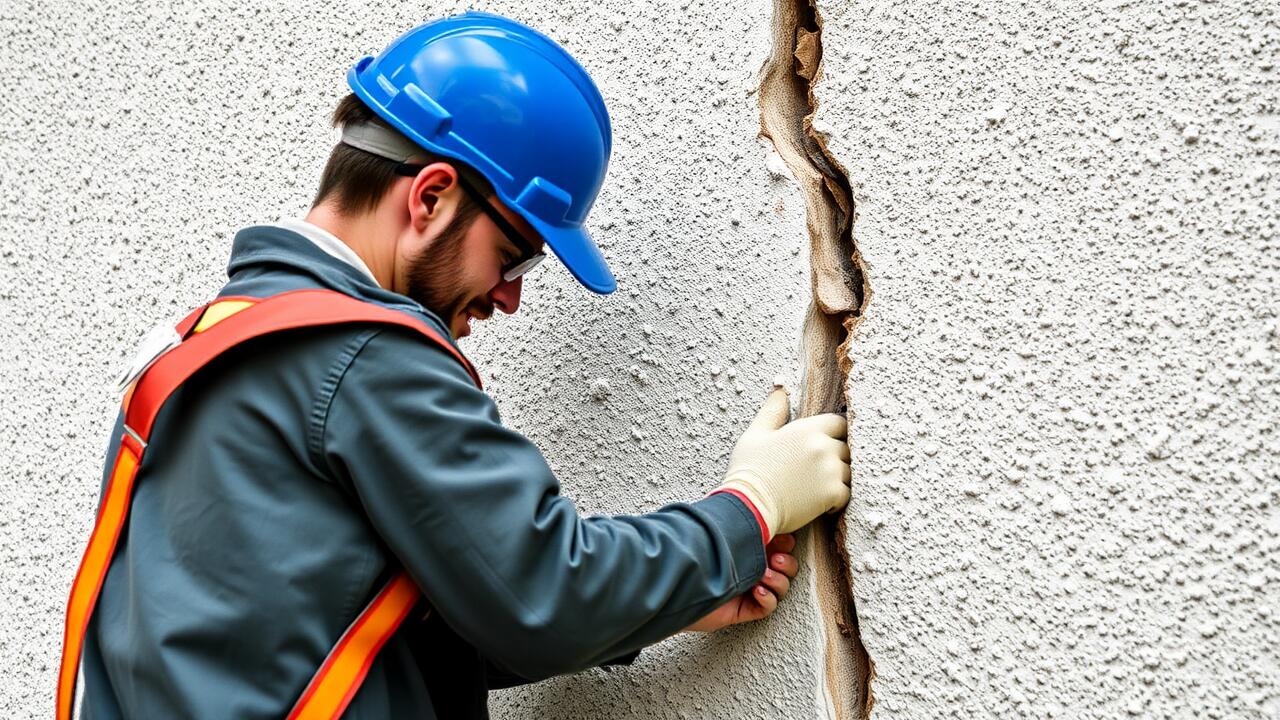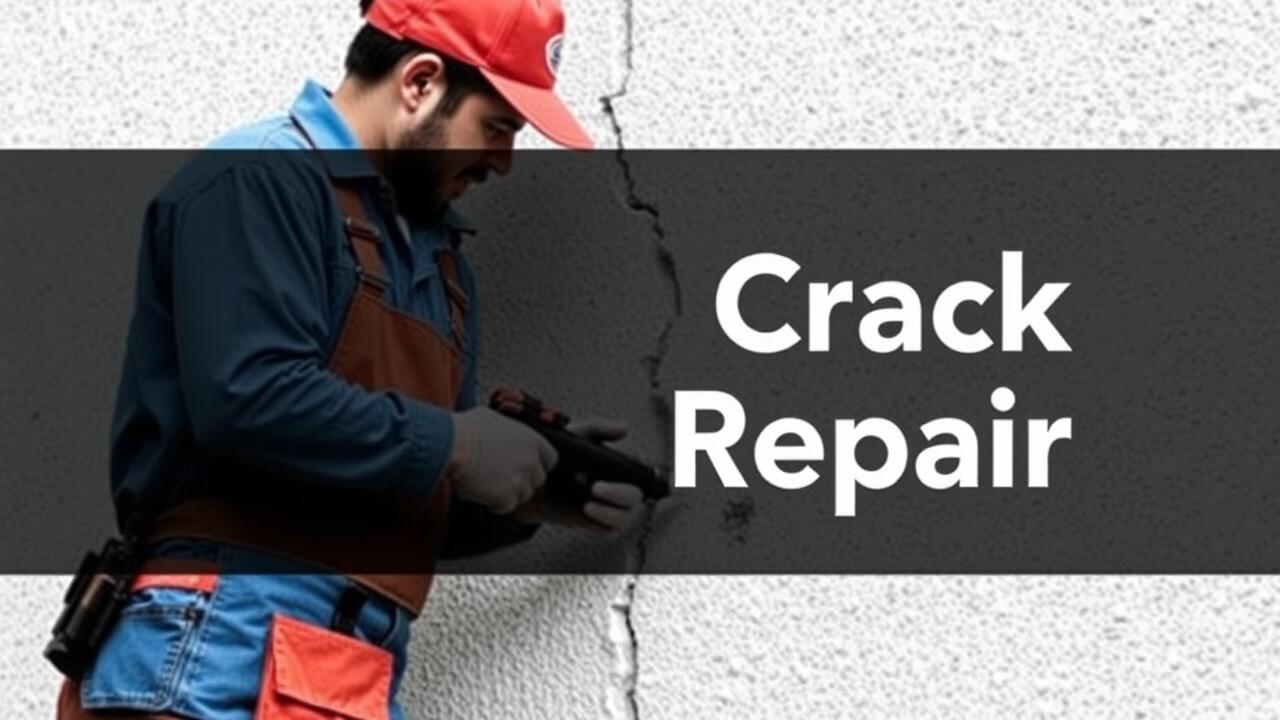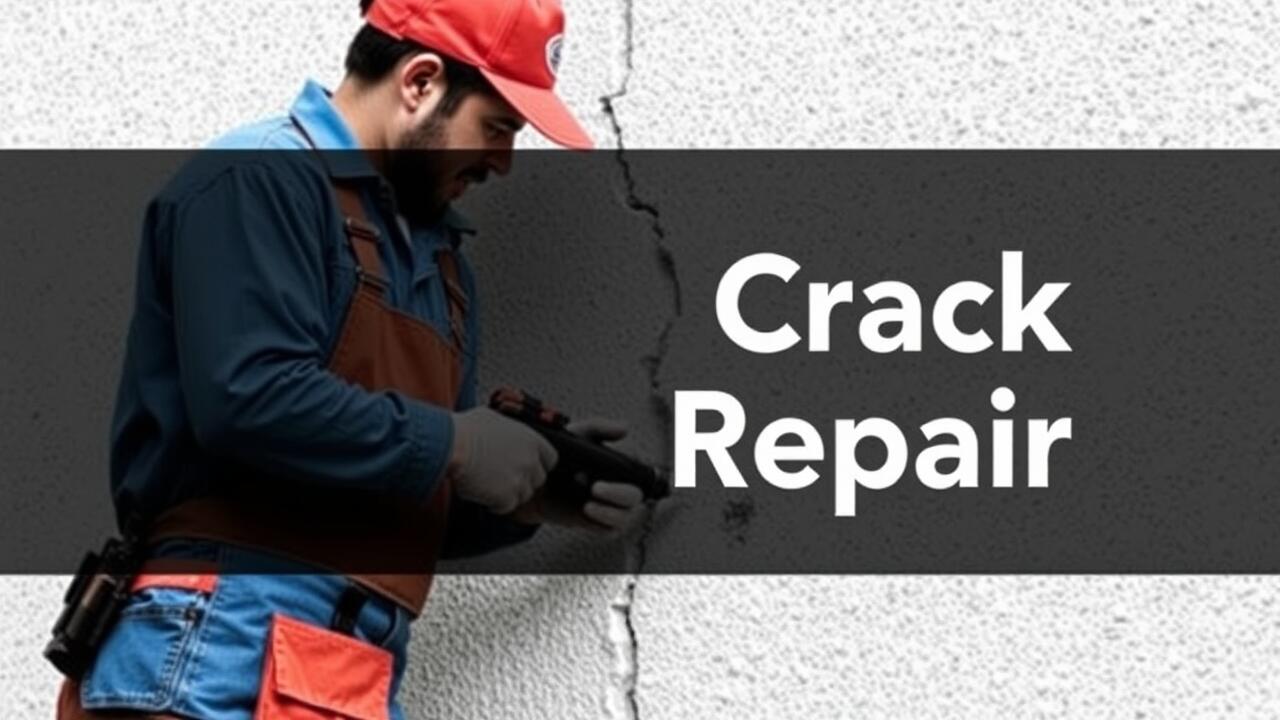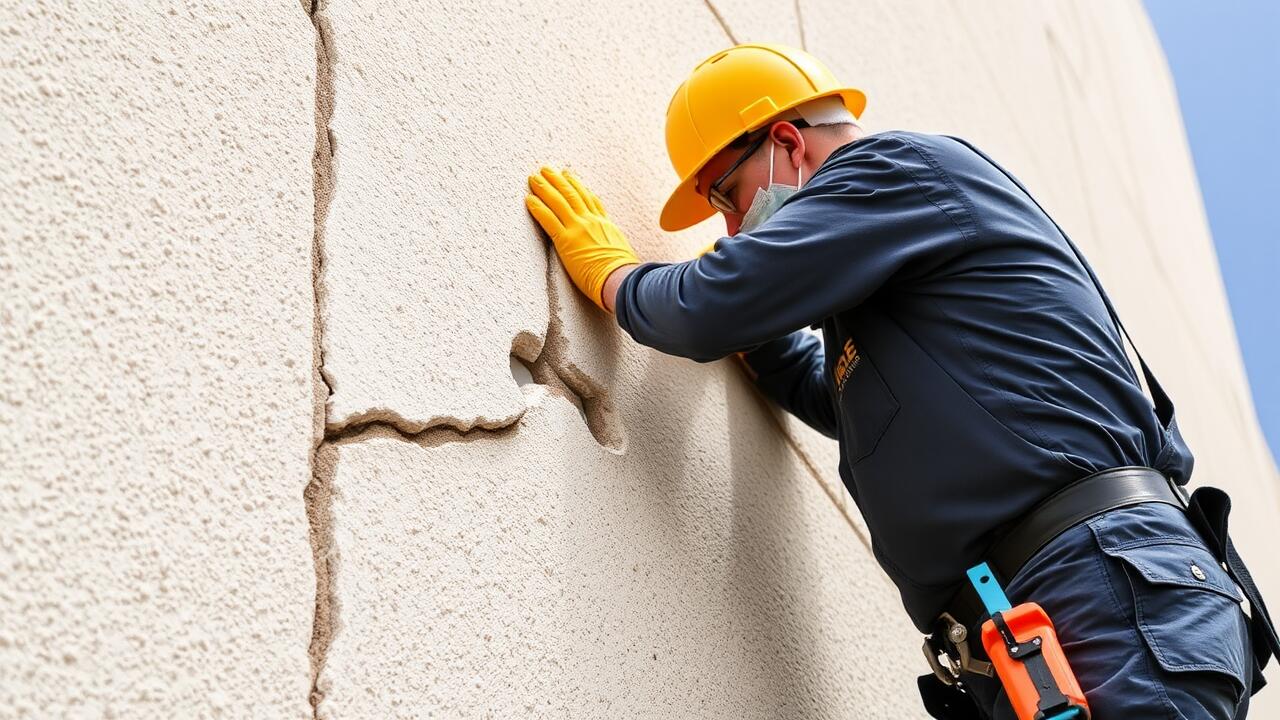
Texturing the Repair
Texturing the repair effectively ensures the patched area blends seamlessly with the existing stucco surface. A trowel or spray texture can be utilized, depending on the original finish of the surrounding stucco. For a smooth look, a trowel can be used to feather the edges and create an even surface. In contrast, a more textured finish may require a spray application, which mimics the original stucco pattern. Paying attention to the drying time of the repair material is crucial before applying any texture.
When seeking professional help, consider services like Stucco Crack Repair Downtown Los Angeles, Los Angeles, known for their expertise in stucco finishes. Their skilled technicians can assist in achieving the right texture to match the surrounding area. A careful evaluation of the existing finish is necessary to ensure that the repairs not only fill the crack but also restore the aesthetic appeal of the exterior. This meticulous attention to detail can enhance the overall look of the building while making it more resilient to future wear and tear.
Matching the Existing Stucco Finish
To match the existing stucco finish during repairs, begin by assessing the texture of the surrounding area. Different stucco finishes, such as scraped, dashed, or knockdown, require specific application techniques to achieve a uniform look. It may be helpful to create a sample on a piece of scrap material prior to working on the wall. This practice allows for adjustments in texture before applying it directly to the repair. Understanding the original application’s method will help replicate it more accurately.
When executing the repair, have the right tools at hand. A trowel or a brush can replicate most textures found in stucco finishes. After applying the new material, use a sponge or tool that closely matches the existing texture to blend the repaired area seamlessly. For those in search of professional assistance, services like Stucco Crack Repair Downtown Los Angeles, Los Angeles, provide expertise in matching finishes and ensuring a cohesive exterior appearance. Paying attention to detail during this process will enhance the overall aesthetic of your stucco facade.
Painting the Repaired Area
Once the stucco repair is complete and the surface has cured, it's important to paint the repaired area to ensure it blends seamlessly with the existing finish. Start by selecting a paint that matches the color and texture of the original stucco. You may want to take a small sample of the existing stucco to a paint store for color matching. This step is crucial to achieve a cohesive look that minimizes the visibility of the repairs.
Applying the paint correctly also plays a significant role in achieving a uniform appearance. Use a paintbrush or roller appropriate for textured surfaces, and consider using a spray applicator if the area is large. When carrying out the project, try to mimic the original stucco application technique. For those searching for professional assistance, services like Stucco Crack Repair Studio City, Los Angeles offer expertise and resources to ensure a flawless finish.
Selecting the Right Paint and Technique
When selecting paint for a stucco repair, it's essential to choose a product specifically designed for textured surfaces. This type of paint enhances the appearance while providing the durability needed to withstand weather conditions. Look for paint that offers good adhesion and flexibility to accommodate any minor movements in the stucco. Consider the finish as well; a flat or satin finish often works best for blending with existing textures while helping to hide imperfections.
In addition to the right paint, the application technique is crucial for a seamless repair. Use a sprayer or a roller with a thick nap to apply the paint, ensuring that it covers the repaired area evenly. Pay attention to the surrounding stucco to maintain a uniform look across the entire surface. If you're in need of services related to this, searching for "Stucco Crack Repair Downtown Los Angeles, Los Angeles" can connect you with professionals who can assist with both the repair and painting processes.
Preventing Future Cracks
To prevent future cracks in stucco exteriors, homeowners should focus on proper installation and quality materials during the construction phase. Ensure that the foundation is well-prepared and that the stucco mix is applied correctly. Regular maintenance, such as sealing any gaps or joints and keeping the surface clean, can also help reduce the risk of cracking. If issues arise, proactive measures can minimize further damage.
Additionally, monitoring the environment surrounding the stucco is crucial. Significant moisture changes, ground settling, and extreme temperature fluctuations can contribute to cracks. Landscaping choices, such as ensuring downspouts are directed away from the walls, can further protect the exterior. For exceptional results in repairs and preventative care, consider professional services like Stucco Crack Repair Downtown Los Angeles, Los Angeles, which can provide expert guidance and execution.
Maintenance Tips for Stucco Exteriors
Regular maintenance of stucco exteriors can extend the life of the surface and prevent costly repairs. Inspect the walls periodically for any signs of cracks or water damage. Keeping gutters clean and functional will help divert water away from the stucco, reducing moisture-related issues. If you live in an area with heavy rainfall or fluctuating temperatures, consider applying a sealant to provide extra protection against the elements.
When cracks do appear, addressing them quickly ensures small issues do not turn into larger, more expensive problems. Engaging professionals for services like Stucco Crack Repair Downtown Los Angeles, Los Angeles, can guarantee a proper fix. Additionally, maintain an appropriate distance from landscaping elements, as plants or irrigation systems can contribute to moisture accumulation near the stucco. Regularly cleaning the surface can also help maintain its appearance and integrity.
FAQS
What are the common causes of cracks in stucco exteriors?
Common causes of cracks in stucco exteriors include settling of the foundation, temperature fluctuations, moisture intrusion, and improper application of the stucco itself.
How do I know if a crack in my stucco needs to be repaired?
If a crack is wider than 1/8 inch, goes through the entire thickness of the stucco, or shows signs of water damage, it’s advisable to repair it to prevent further issues.
Can I repair cracks in stucco myself, or should I hire a professional?
Many homeowners can successfully repair minor cracks in stucco themselves with the right tools and materials. However, for larger or more complex repairs, hiring a professional is recommended.
How can I match the existing stucco finish when making repairs?
To match the existing stucco finish, take samples of your current stucco texture to a home improvement store or consult with a professional to find the right materials and techniques for your repair.
What type of paint should I use on repaired stucco areas?
It's best to use a high-quality exterior acrylic paint specifically designed for masonry surfaces, as it allows for flexibility and breathability, which is important for stucco.





